At lunchtime, senior Samantha Sawhney commented on the mythology of Mr. Rick Bria, Observatory Technician. She had never met him until this year, and she noted how, before taking Astronomy, she thought Mr. Bria was a hoax. Yet, Mr. Bria, however elusive in the Sacred Heart Greenwich sphere, has a deep background in sciences, mechanics, and astronomy, which he openly shares with curious minds.
Mr. Bria cultivated a passion for both the environment and science from a young age. He grew up in Greenwich, Connecticut near a forest, and he spent much of his childhood exploring the outdoors. In fact, it was in his youth that Mr. Bria first discovered his enthusiasm for hands-on work. He spoke about his boyhood inventions.
“I like to build things and tinker with things,” Mr. Bria said. “There was a river that ran through the woods, and I said, ‘Well, how can I make something that could float out of things that are around?’ So, there was a nearby dump, and there were these old tires there […], so I grabbed all these tires and tied them together with some cable that was at the dump and made this boat.”
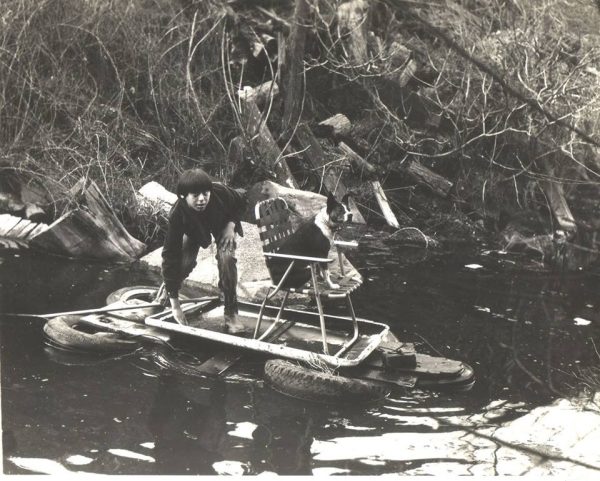
For Mr. Bria, the sciences have always been his foremost passion. Specifically, the stars fascinated Mr. Bria, and he continued this love through his studies and his hobbies. At the age of 12 years old, a year after the launch of Apollo 11, his mother got him a telescope through which he first observed Jupiter and Saturn. From that point, Mr. Bria asserted, he knew that astronomy was his purpose. Mr. Bria described his education in the stars and his pursuit of science throughout his life.
“When I saw Jupiter with the four moons, to think how strange that was that a planet had four moons when we only have one moon, that just took me to another thought level,” Mr. Bria said. “From then on, I was interested in astronomy my whole life. It’s kind of a thing that just launched me. It was more of a hobby, but then I started taking pictures back in the film days. […] Now, I am lucky enough to work at a few observatories and observe things I never dreamt of as a kid.”
Even now, Mr. Bria emphasizes his dedication to discovery and the universe. He loves to support the scientific community and astronomical research in any way that he can. Mr. Bria discussed the process of observational astronomy and data collection while noting his interests in the craft.
“I am fascinated by the equipment itself,” Mr. Bria said. “The gearing, the precision, the grinding of the mirrors. The challenge of figuring out how to make something work has always interested me. […] The main things that I’m involved in are asteroids, variable stars, and exoplanets. Exoplanets are at the forefront of study right now: planets circling other stars. We did research on them back in 2017, and we’re going to start doing research again soon. That’s a field where professional astronomers and amateur astronomers are collaborating. You try to help where you can. The easiest way to do that is through exoplanets and asteroids. You gravitate towards fields that you can contribute to.”
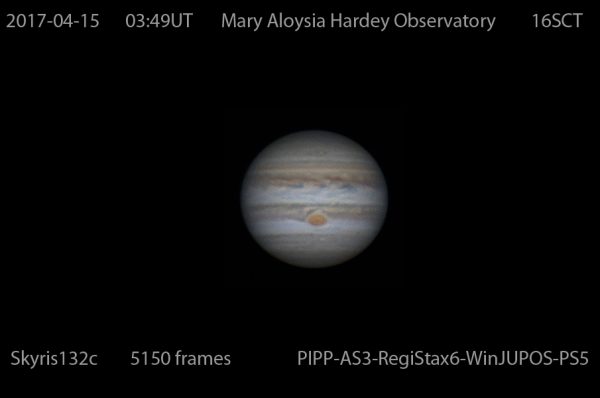
Despite his passion for astronomy, this course of study was not always Mr. Bria’s primary career path. In the footsteps of his father, Mr. Bria worked in the automotive industry as a shop foreman in an automobile dealership for 42 years. He took on the work of leading observatories after his retirement.
At one time, Mr. Bria led six observatories simultaneously. In his positions, he would arrange observation nights as well as manage maintenance and upkeep of the facilities. It was in his work at the Bowman Observatory in Greenwich that Mr. Bria first learned of Sacred Heart.
In 2005, two Sacred Heart teachers approached Mr. Bria at one of his open nights. The staff invited Mr. Bria the opportunity to support the school’s own Mary Aloysia Hardey Observatory. Mr. Bria commented on the student curiosity and collaboration that he enjoys at Sacred Heart.
“I find that I actually learn things by helping other people learn,” Mr. Bria said. “You think in a fresh perspective. A student will ask a question that I hadn’t even thought of. It often helps me with a problem that I’m working on. Two heads are always better than one.”
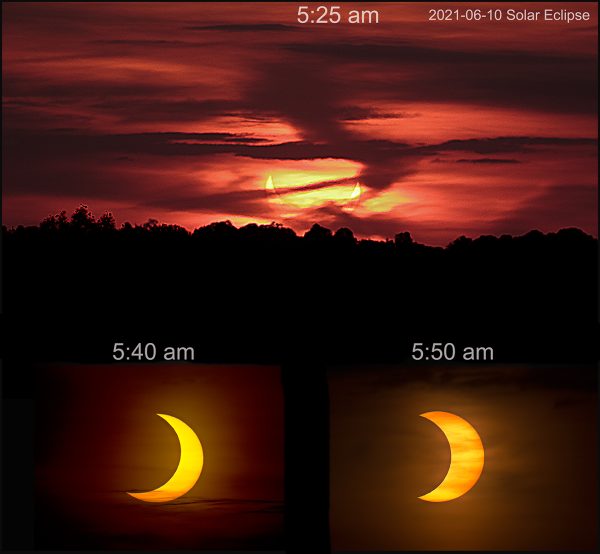
Over his 15 years of work at Sacred Heart, both Mr. Bria’s life and the astronomy program at the school have undergone significant shifts. After spending much time offering his skills to six observatories, Mr. Bria currently operates three. At Sacred Heart, too, the Observatory and the Astronomy Department have experienced notable challenges, such as the restrictions that the recent coronavirus pandemic spurred. In response to these barriers, Mr. Bria, alongside Mr. Robert Morrow, Upper School Physics and Astronomy Teacher and Observatory Coordinator, implemented “Zoom Around the Galaxy,” an online meeting in which Sacred Heart community members could observe galactic phenomena from the comfort of their own houses.
Mr. Bria hopes one day to share the use of the Observatory with other Sacred Heart schools across the Network. He reflected upon the development of the astronomy program at Sacred Heart. He emphasized his ability to use technology to allow learning to flourish.
“I saw these other professional observatories doing Zoom through COVID-19,” Mr. Bria said. “I thought that was a great way to use technology to solve a problem we never thought we’d face. It exposed a lot of people to astronomy that wouldn’t have the chance. We have so many sister schools, and I was wondering if we could share our good fortune with others.”
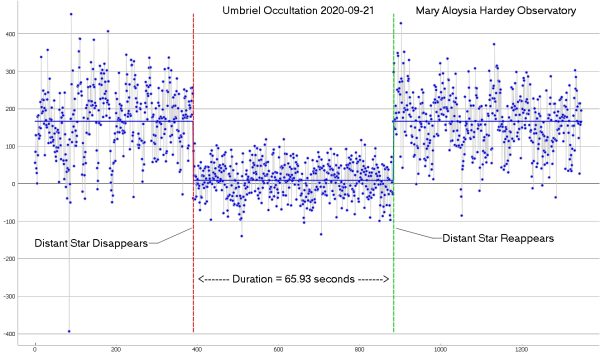
Beyond COVID-19, Mr. Bria remarked that Sacred Heart’s astronomy program has grown and integrated into the community during his time at the school. Even outside of Astronomy class, Mr. Bria often contributes to other class lessons, fostering a greater interest in the field among students. Recently, Mr. Bria supported the sophomore Honors Chemistry students with a demonstration of emission spectra in relation to astronomical bodies such as the Sun. On top of this, Mr. Bria supports students in the Astronomy class, which Mr. Morrow teaches, even contributing to forefront scientific research. Using Observatory data, researchers were able to measure Uranus’ moon Umbriel to the accuracy of a kilometer.
With students passionate about astronomy, Mr. Bria devotes time and resources to allowing them to follow their interests. He commented on how he works with students to collect data that fosters their curiosity and supports astronomical research.
“The data acquisition for asteroids takes 30 seconds,” Mr. Bria said. “Other fields can take a whole night or multiple nights to acquire. For the school and for students, asteroids are a good thing to contribute research to. […] We now have an adapter where you can attach your cell phone to our telescope. Two students were doing it last night. Students have gotten fantastic pictures of the moon, Jupiter, and Saturn. I love sharing my passion and research with these students.”
Featured Image by Lindsay Taylor ’24



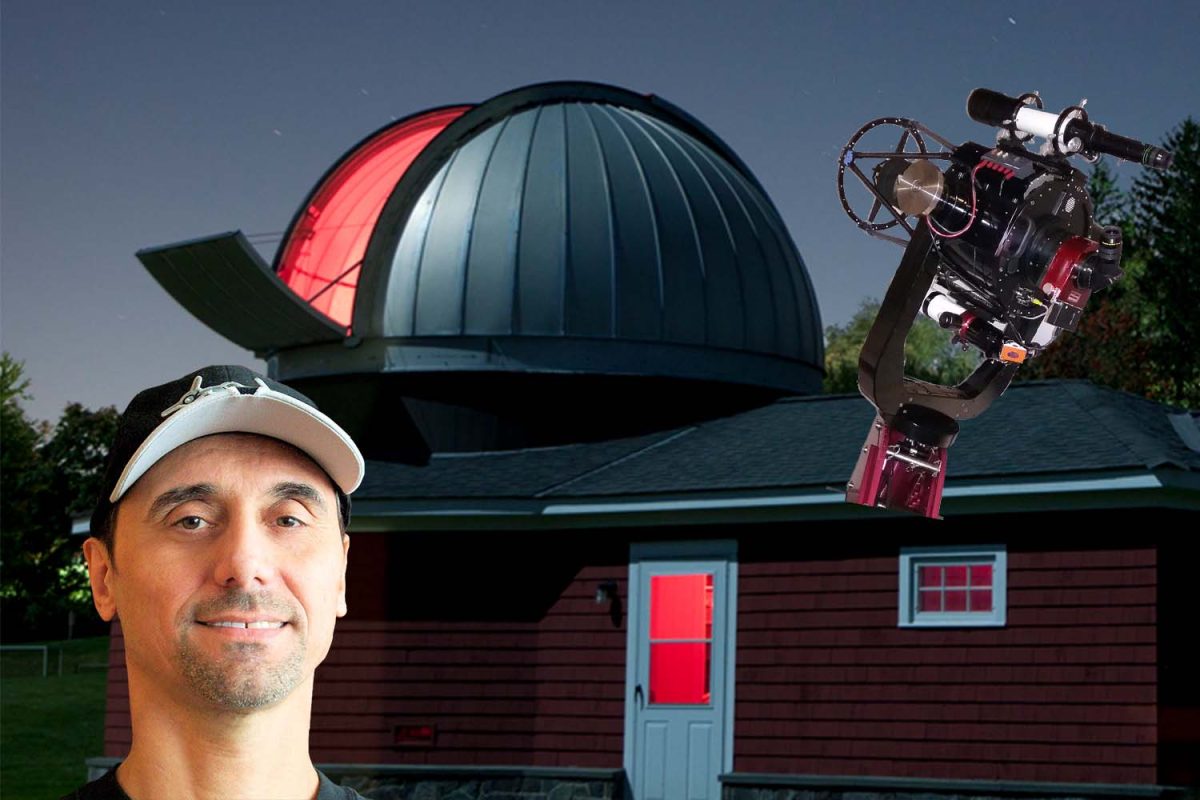
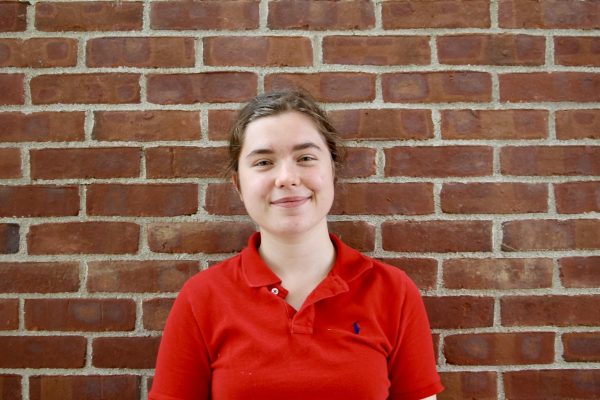
Karl Haeseler • Dec 1, 2023 at 3:27 pm
This article captures the inspiring journey of Mr. Rick Bria, highlighting his lifelong passion for astronomy and his invaluable contributions to the Sacred Heart community. Lindsay, your skillful writing paints a detailed picture of Mr. Bria’s early adventures, his profound curiosity, and his dedication to Sacred Heart education. Great job!